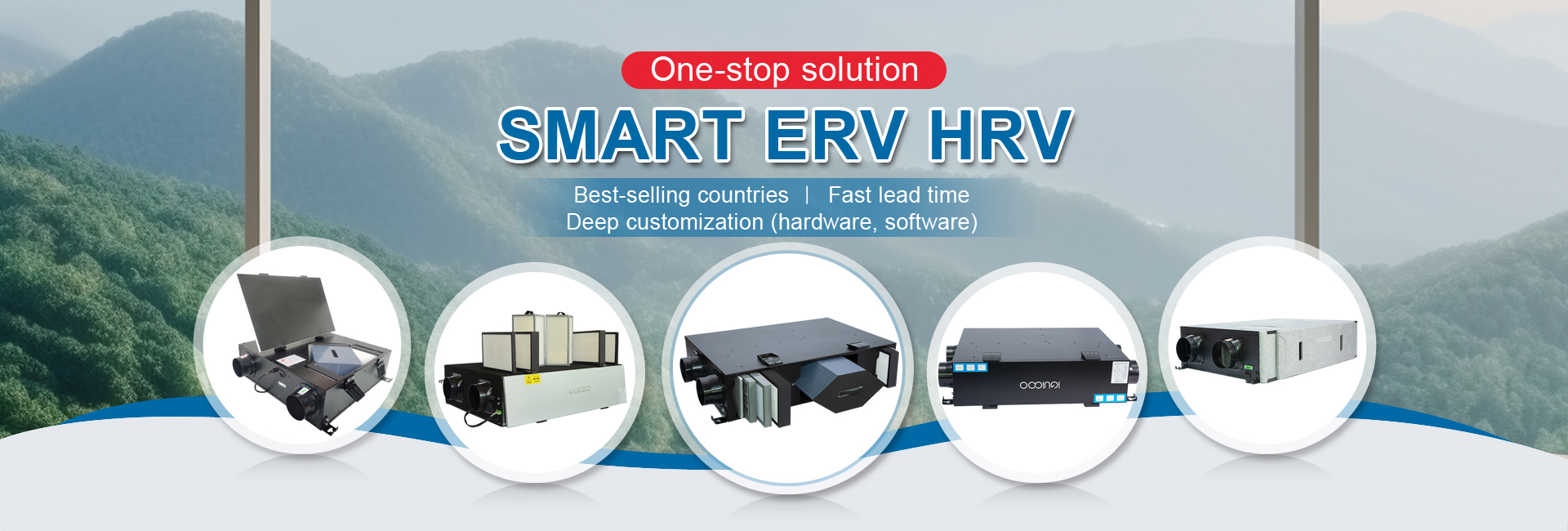Absolutely, HRV (Heat Recovery Ventilation) systems work well in existing homes, making heat recovery ventilation a practical upgrade for homeowners wanting better air quality and energy efficiency. Unlike common myths, heat recovery ventilation isn’t just for new builds—modern HRV units are designed to fit older structures with minimal disruption.
For existing homes, compact HRV models are ideal. They can be installed in single rooms (like bathrooms or kitchens) via wall or window mounts, requiring only small openings for air flow. This avoids major renovations, a big plus for older properties. Even whole-home heat recovery ventilation setups are possible: slim ducts can be routed through attics, crawl spaces, or wall cavities without tearing down walls.
The benefits of heat recovery ventilation in existing homes are clear. It reduces heat loss by transferring warmth from stale outgoing air to fresh incoming air, cutting heating bills—critical for older homes with poor insulation. Also, heat recovery ventilation filters out dust, allergens, and moisture, solving common issues in poorly ventilated existing homes, like mold growth.
To ensure success, hire professionals familiar with heat recovery ventilation for existing homes. They’ll assess your home’s layout to choose the right HRV size and install it properly. Regular filter checks keep your heat recovery ventilation system running efficiently, maximizing its lifespan.
In short, heat recovery ventilation via HRV is a smart, accessible addition to existing homes. It boosts comfort, saves energy, and improves air quality—making it a top choice for homeowners upgrading their living spaces.
Post time: Oct-21-2025








